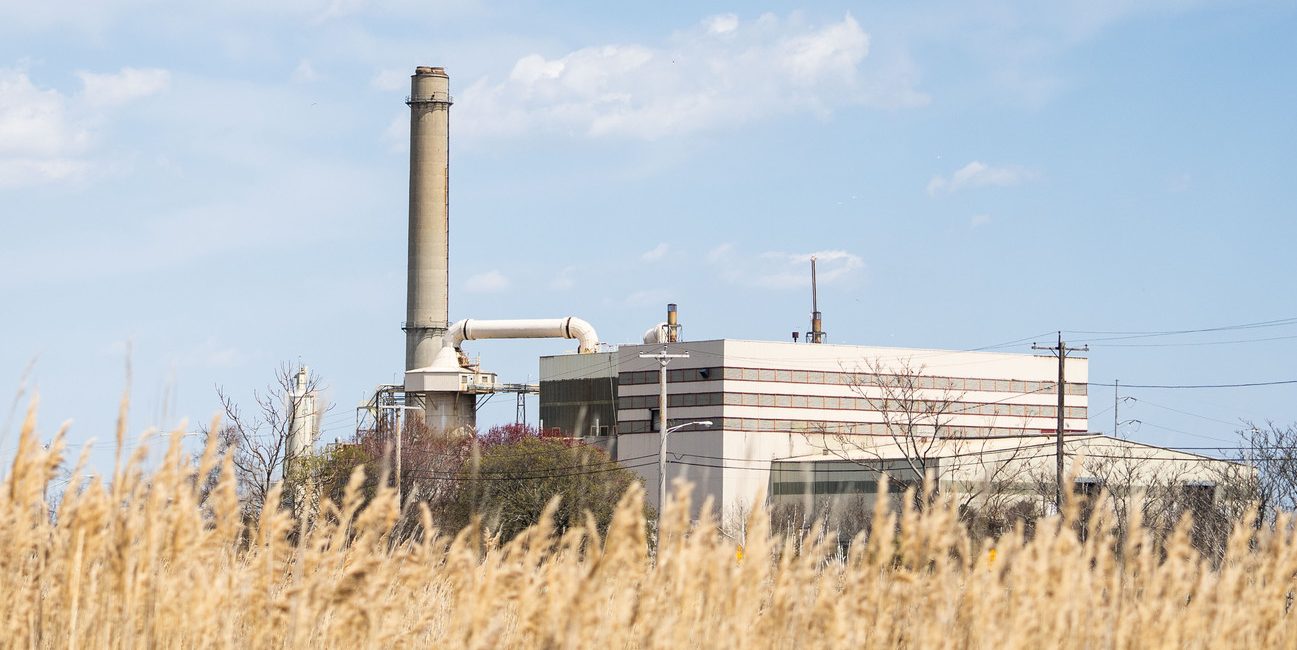
 press-releases
press-releases 
During the Board of Health meeting on April 1, WIN Waste Innovations’ Saugus plant manager Elliott Casey updated the Board on recent statistics, events, and their new ash removal process.
Elliott Casey, WIN Waste Innovations’ manager for the Saugus plant took to the lectern last Monday to update the Board of the goings-on at the plant at 100 Salem Turnpike.
Casey informed the board that since their last meeting on Feb. 5, the plant had processed “just over” 64,000 watts of electricity, and had had no radioactive loads or excess emissions. Additionally, the plant underwent two scheduled maintenance events, totaling 140 hours, and five unscheduled maintenance events, totaling 234 hours.
The Board was also made aware of the then-new plan for WIN Waste Innovations to begin transporting the ash waste from the monofils at the plant to a site in Shrewsbury. Casey told the Board that as this process has just started, they are unsure if this transporting will only be during a “specific bracketed period” or “indefinitely”, but that the plant will be working with the town to help determine that moving forward.
The trucks, which make six trips a day, according to Casey, will carry an average of 4,500 tons per month, equating roughly to 50% of the waste generated at the plant.
As the Board opened up the meeting to the public for questions, Selectwoman Debra Panetta did out the math, noting that 750 tons of ash, per truck, is being transported, six times per day, an amount that Panetta called “excessive”, and questioned how this was given permitting to proceed. A member of the Board told Panetta that they would look into that, but that the Board had requested the requisite paperwork from WIN.
Additionally, the Board brought in an environmental expert, John Martin, to discuss the possibility of conducting an environmental impact study on the nearby Eastern Avenue neighborhood. Martin explained that an impact study would allow the town to get a sense of the size distribution of particles and noise characteristic profiles in the area nearby the plant.
Martin went on to describe a piece of equipment known as a “DRX”, which utilizes lasers to detect concentrations of particulates, but notes that it would not be able to distinguish between which particles are harmful or not, only that particles are present. In order to determine the latter, Martin said, a lab test would need to be conducted with a different set of equipment.
Chairperson, Maria Tamagna, noted that she would prefer a lab analysis. The rest of the Board concurred, feeling that ultimately, a lab analysis would better serve the community, as it is able to more clearly identify the concentration of particles that could potentially impact residents.
24World Media does not take any responsibility of the information you see on this page. The content this page contains is from independent third-party content provider. If you have any concerns regarding the content, please free to write us here: contact@24worldmedia.com